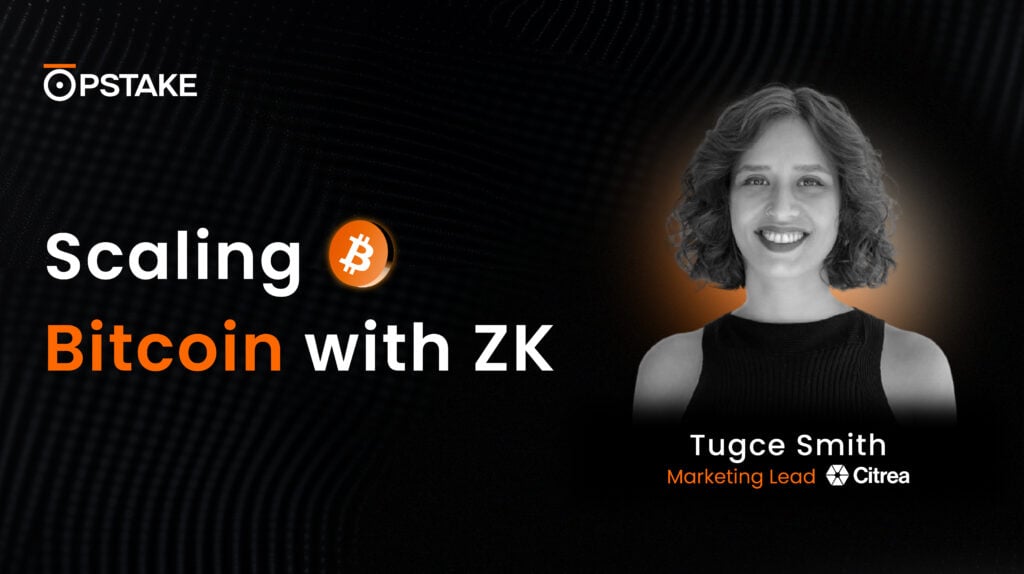With pStake Finance moving into the heart of the Bitcoin ecosystem on its mission to provide native Bitcoin yields to holders, we’ve crafted this Bitcoin 101 series to help newcomers understand the number-one-ranked centralized cryptocurrency slightly better.
With thousands of articles relating to Bitcoin available online, we hope our series can condense the complex information, demystify the confusing jargon, and provide an insightful overview of the granddaddy of the crypto world.
In our first entry, we introduced you to the basics of Bitcoin – the pioneering digital currency that has revolutionized how we perceive and interact with money in the digital age.
Now, it’s time to delve deeper into one fundamental concept that is the bedrock of Bitcoin’s security and functionality: proof-of-work (PoW).
So, grab another beverage and prepare to binge-read through this series about Bitcoin.
What is Proof of Work?
Proof-of-work (PoW) is a consensus mechanism that forms the backbone of Bitcoin’s security and trust model.
In this Bitcoin 101 series, we like to make things easily digestible, so let’s break that definition down.
Proof-of-work is a consensus mechanism…
A consensus mechanism ensures that all the nodes (the participants in the Bitcoin network – miners and those running the Bitcoin client) agree that transactions processed are valid and honest without requiring a centralized authority to oversee them all.
For the Bitcoin blockchain to work, all nodes need to agree that its current state is accurate, which is what the Proof-of-Work algorithm achieves.
Bitcoin works on a decentralized ledger model called the blockchain. All transactions on the Bitcoin network are organized inside the blocks on the blockchain, and the PoW consensus mechanism verifies that all transactions inside each block are honest and haven’t been tampered with.
…that forms the backbone of Bitcoin’s security and trust model.
Proof-of-work forms the backbone of Bitcoin’s security and trust model, showing those invested in the financial system that the blockchain is a verified ledger.
The security part of the equation requires enormous amounts of computational power from miners, who are actively trying to solve complex mathematical equations to add new blocks to the blockchain.
Miners compete to see who can solve the following equation the fastest—this is the ‘work’ part of the system. As more miners compete, the ‘network difficulty’ (the complexity of the following equation) rises, requiring more computational power to solve the equation.
The winner adds the new block (with all the verified transactions inside) to the blockchain and is rewarded with the ‘block reward,’ currently set at 3.125 BTC per block. Importantly, the winning miner will only receive the block reward after other nodes on the network verify that the data inside the new block is valid.
The computational resources required to verify the transactions in the block, the proof-of-work part, provide Bitcoin with its security. A malicious actor trying to cheat the system would need to equal the computational power to add their transactions to the system, making it prohibitively expensive and technically challenging to attempt a fraudulent transaction to attack the network.
How Does the Proof-of-Work Model Function for Bitcoin?
Proof-of-work occurs when information (a transaction) is sent into a block through a hashing algorithm – called SHA-256.
Each block in the blockchain has a specific hash and a target hash associated with it. The miner uses specialized computers to solve that target hash to add and confirm a block.
The proof-of-work algorithm aims to add a new block every 10 minutes, and the equation’s difficulty adjusts depending on how quickly miners are mining blocks; if mining is slow, the equation gets easier.
When a user sends a transaction, it is broadcast to all the nodes on the network. Miners then batch these transactions into blocks. Once a miner finds a block, it’s broadcast to the rest of the nodes on the network to verify its validity before it’s added to the blockchain and the block reward is released.
Transaction sent → Organized into blocks → Miner finds block hash → All nodes verify → Block added to the chain → Transaction confirmed → Repeat for next block.
Why is Proof-of-Work Important?
Cryptocurrency functions on the ethos of decentralization, meaning no central authorities are involved in the financial system. Since there are no gatekeepers to verify that new transactions are accurate, a system is required to ensure that people aren’t trying to cheat the network—which is where proof-of-work steps in.
Alongside security and trust, proof-of-work also creates an entirely decentralized ecosystem, away from the grasp of a corporation or government.
What’s the Downside to PoW?
Despite its foundational role, PoW has its critics. The primary concern is its high energy consumption, with a single Bitcoin transaction using as much power as an average US household over 48 days.
In addition, its scalability is questioned; with a 7 transaction per second (TPS) rate, it trails behind conventional systems like Visa’s 20,000 TPS. Finally, the increasing centralization of mining due to resource pooling is another challenge, potentially undermining the decentralization ethos.
Conclusion: Proof-of-Work Remains Battle-Tested
Although other mining algorithms exist, such as proof-of-stake, none come close to providing the same level of security as Bitcoin. Proof-of-Work remains a critical and defining component of Bitcoin, ensuring its place as the world’s most secure decentralized digital currency.
PoW provides the trust required to power the decentralized blockchain. Without it, Bitcoin wouldn’t have nearly reached its $1.4 trillion market cap, as investors would have nothing to trust.
This is the second of a long series of blogs we will release in our Bitcoin 101 explainers. Stay tuned to learn more about Bitcoin as we delve deeper into its inner workings, what it can do, and where it’s heading.










